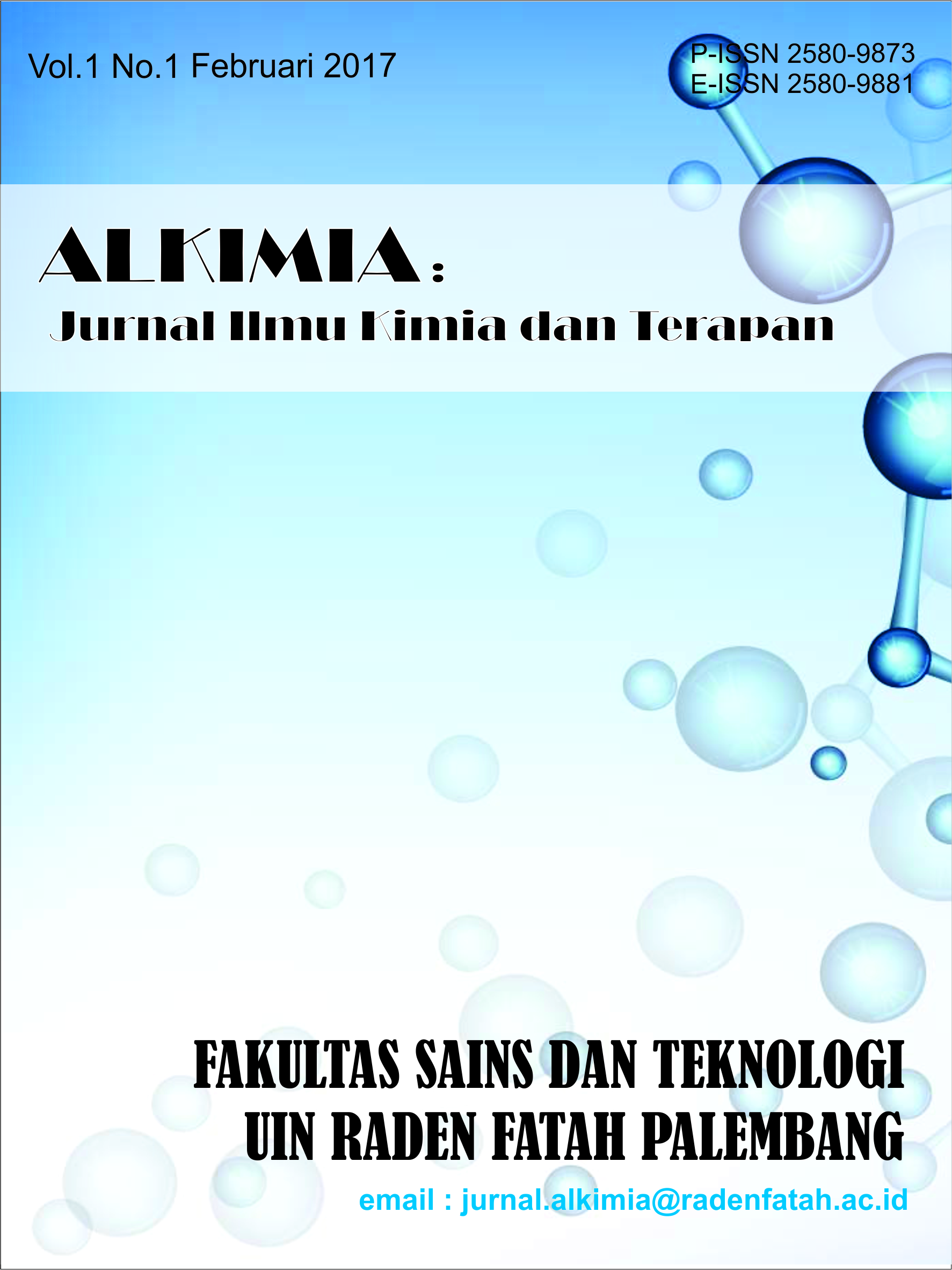Antibacterial Effectiveness Of Extracts And Fractions Of Telang Leaves Against Salmonella Typhi Bacteria
DOI:
https://doi.org/10.19109/mf2gad54Abstract
Telang leaves are plants that are very easy to find and contain flavonoids, flavanols, kaempferol, quercetin and myrisetin. From the results of various studies, Telang leaves have pharmacological influences as antimicrobials, one of which is for the treatment of typhoid fever (typhoid). Typhoid fever is still one of the endemic diseases in Indonesia and this disease is caused by infection with the bacterium Salmonella typhi. The purpose of this study was to determine the effectiveness of extracts and fractions of telang against the growth of Salmonella typhi. The research method used is experimental laboratory. The test was carried out by extracting Telang leaves by maceration method, then evaporated with a rotary evaporator so that concentrated extracts were obtained and then fractionated using organic solvents n hexane, chloroform and ethyl acetate. Test of antibacterial activity of extracts and fractions against Salmonella typhi bacteria was carried out by disc diffusion method. with DMSO negative control and Amoxcilin positive control. The results showed that the ethylacetate fraction showed the strongest inhibitory zone when compared to ethanol extract against Salmonella typhi. The ethylacetate fraction is able to produce inhibitory power of 18.4 mm, while the striped leaf extract only inhibits 15.5 mm in the medium category. Based on the test results, it can be concluded that the ethyl acetate fraction and ethanol extract are effective in inhibiting the growth of Salmonella typhi bacteria, while the n-Hexane, water and chlorophome fractions show weak antibacterial activity.
Downloads
Published
Issue
Section
License

This work is licensed under a Creative Commons Attribution-ShareAlike 4.0 International License.
- The author saves the copyright and gives the journal simultaneously with the license under Creative Commons Attribution License which permits other people to share the work by stating that it is firstly published in this journal.
- The author can post their work in an institutional repository or publish it in a book by by stating that it is firstly published in this journal.
- The author is allowed to post their work online (for instance, in an institutional repository or their own website) before and during the process of delivery. (see Open Access Effect).







.png)




